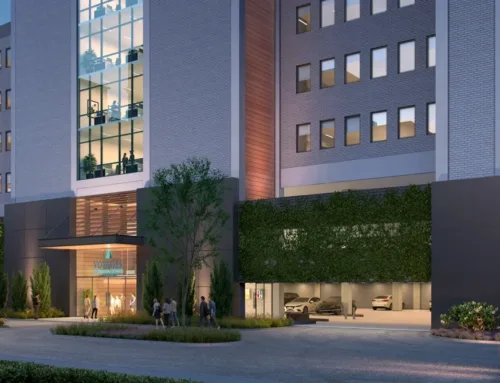After listening to recent media accounts defining a Tax Increment Financing zone (TIF), I felt that I might take this opportunity to better define the term. It should first be said that a TIF is neither an abatement nor a tax break. Since 1989 the City of Dallas has created seven TIFs, predominately in the core of the city.
The purpose of a TIF is to encourage development in areas with significant amounts of vacant land or vacant structures and poor or inadequate infrastructure. The zone is created with set boundaries, a life span, and a project and financing plan. The year the TIF is established is called the base year. The base year tax value of land and structures is determined. The project and financing plan outlines the public infrastructure investment (e.g. streets, storm sewers, greenspace) that will occur over the life of the TIF. The state guidelines indicate that the infrastructure must be for public use and owned by the public.
Once the TIF has been established a developer then advances the city the money to build the public infrastructure. The city then builds the public infrastructure and the developer builds the private development. All property owners continue to pay the assessed value taxes for all the property over the life of the TIF. As property values in the zone rise, the incremental increase (above the taxes of the base year) in tax revenue generated from private development is used to repay the developer the advance for building the public infrastructure. The taxes generated from the value of the land and structures at or below the base year are paid into the general fund as any other ad valorem tax revenue. When the TIF expires all incremental increased taxes also return to the general fund.
If the developer invests large sums of money in new development, depending on market timing, he may recover his advance. State Thomas, for example, although successful in creating significant amounts of new development, has not repaid the developers to date. The TIF will expire in five years. If the developer does not create large amounts of private development, there will be not be a significant appreciation in land value and thus no recovery of the advance.
The TIF would then expire and the city has gained new infrastructure. The developer takes the gamble.
While TIFs can sometimes be controversial, they have been successful in creating new development in vacant, blighted, or polluted areas across the nation. In today’s highly competitive market, TIFs are one more tool in the revitalization arsenal.





